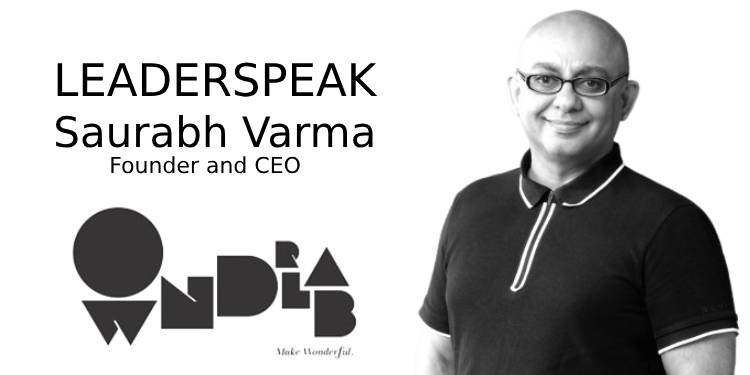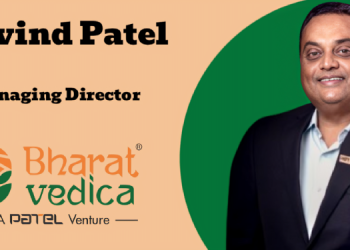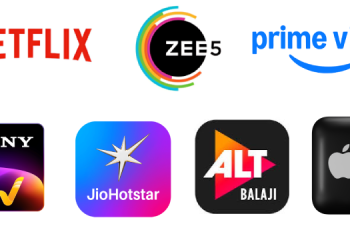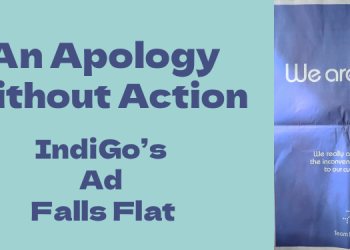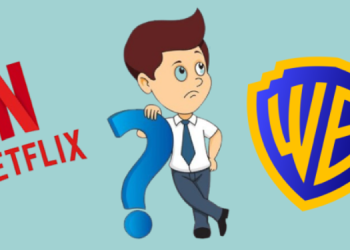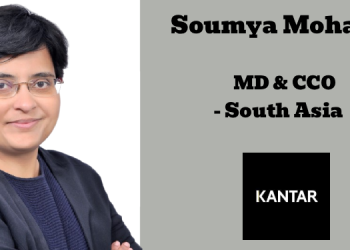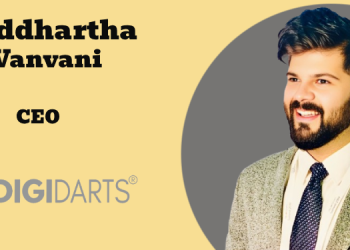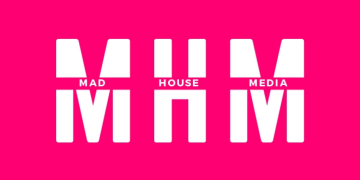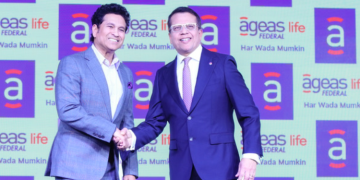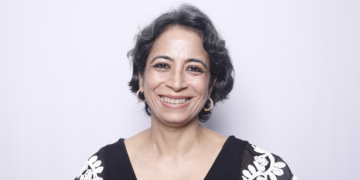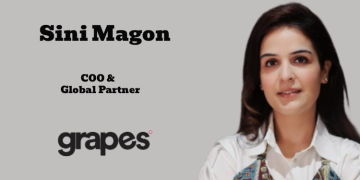Wondrlab, a platform-first marketing tech network aims to become India’s largest Martech network. Launched in 2020, Wondrlab comprises a mix of creativity, experience, and technology, with an understanding of human behaviour, brands, and platforms. In December of the same year, Wondrlab acquired What’s Your Problem, an independent creative agency.
Through its integrated marketing technology network, it gives clients a full-funnel approach to help them win through brand creation and monetisation in a highly fragmented marketplace. The Wondrlab network includes What’s Your Problem, a digital-first creative agency; Wisr- an open tech platform connecting brands and schools to foster school empowerment through brand partnership; Opportune- a data-driven influencer marketing platform employing proprietary technology and a creator network to drive impactful influencer marketing campaigns.
There is also Neon- a performance marketing agency and Cymetrix – a global CRM & Data Analytics company. These acquisitions collectively provide clients with a full-funnel experience. Wondrlab has already acquired five agencies under its umbrella.
It recently acquired WebTalk and this was their Fifth acquisition. Wondrlab follows a partnership model that benefits both parent and acquired companies, unlike traditional unlike traditional acquisition methods.
In the coming 18 months it will make around 11 more acquisitions for which it is in the process of raising funds. These acquisitions will be larger in scale.
Medianews4u.com caught up with Wondrlab founder, CEO Saurabh Varma to find out more
What was the market gap that was seen when you launched Wondrlab?
The whitespace was that people had built agencies but not networks. The opportunity was to build an extraordinary network from India. It is not that people did not consider it but there was a lack of capital in India. Networks require both organic and inorganic growth. We felt that the timing for India was fantastic.
We were very clear from day one that the network of the future would do a few things differently. First it would a cross section between DBT and market transformation. Macro trends were indicating that this would be the perfect narrative to build on. If you look at mega trends the CMO’s tech budget is bigger than the CTO’s tech budget. If you look at organisations suddenly you find that new designations like chief experience officer are becoming the norm.
In the acquisitions space you could clearly see that technology companies were acquiring content companies and content companies were acquiring data/tech companies. We had to find a way to be more DBT and market transformation. The second thing that no network has is the ability to invest in products that will create true differentiation. Service is not the differentiator. Service is very, very people dependant and culture changes with a change of leadership at the very top. But differentiated products will create a differentiation in the market place. So a huge part of our focus was on marketing tech and ad tech. That was the thesis.
The last part of our differentiation was the way in which we acquired companies. Our strategy is structured around finding entrepreneurs a way to stay for a long period of time in the organisation as entrepreneurs. Generally entrepreneurs become employees after an acquisition and they exit with their cash after a three to five year period. But our acquisitions strategy is to acquire 50-60 per cent. A large part of that is Wondrlab equity which is a common currency. That is really what we are trying to do in a nutshell.
What goals have been set for 2024 and what is the gameplan to get there?
2023 has been extraordinary. We grew three times our size in just one year. Not only is size relevant but today martech makes more than 50 percent of our topline. It takes a long time 12-18 months to build a product. If you look at how we are structured we have three extraordinary products in our portfolio. Wisr which is our school platform. We have Opportune which is our micro nano influencer platform. We have Hector which is our Amazon platform. These products we believe will have a hockey stick effect at some point of time in their journey to give us massive scale and growth. Investments that we have made in the last 36 months will give us massive results as we go forward.
Could you talk about building your pillars?
We have four key pillars. The first is digital video and content. The second is digital media and data. The third is DBT. The fourth is martech. We believe that the whole interconnectedness between these pillars is where the magic is. In the first pillar we made our first acquisition WYP and our latest acquisition WebTalk is also in this pillar. In the second pillar we acquired a performance marketing company called Neon Digital. In the third pillar we acquired Cymetrix which is a Salesforce focussed CRM company.
On martech and adtech we have built a platform called Wisr, built a platform called Hector. We have also acquired and built a platform called Opportune. All the platforms are actually interconnected in the way in which they are basically structured.
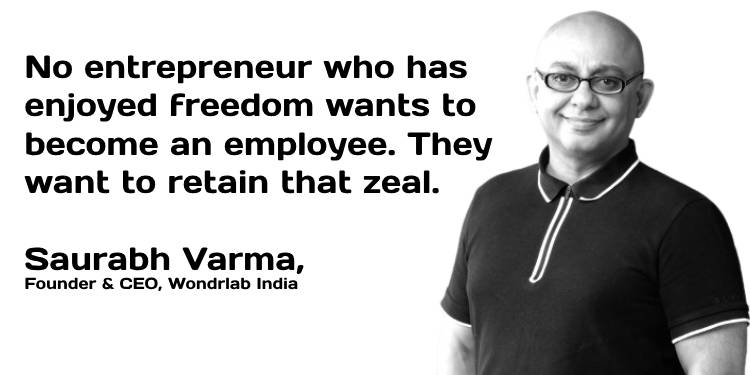
You have made several acquisitions like What’s Your Problem. How is this helping you build a global network from India?
Everytime we acquire anything in India we ask ourselves the obvious question of how it is scalable and how can we take the competence that we are building global. When we built Hector which is an Amazon ecommerce product we know that it is transportable across the world, across geographies. Opportune is transportable as a technology across the world.
Also from a service perspective almost 80 per cent of revenue from Cymetrix comes from outside India. Our thinking is that whether it is service led or about products our ability to transport it across geographies make us different.
Could you talk about your client roster?
We have a lot of large, exciting brands which you could consider traditional like Baja Auto, Tata AIG, HDFC Bank. But we also have a lot of new age clients who we work with. Our portfolio moves from the top of the funnel to the middle funnel and the bottom funnel. Top of the funnel is where we handle AOR for a bunch of clients. We manage businesses and build brands. In the middle funnel where we have relationships with clients only for Opportune.
In the bottom funnel a client might use performance marketing or Hector across a client base which is focussed on conversions and sales. A lot of clients move from top to middle of the funnel like a recent campaign done with HDFC’s PayZapp.. We created traditional work and a lot of everyday content. We went in the middle funnel and used thousands of influencers magnify the message.
We have almost 40 clients who use Hector on a daily basis to win on Amazon or on Flipkart. They might not be top of the funnel clients. The opportunity is to migrate them to the middle of the funnel.
Is it a challenge to keep up with a rapidly changing digital world?
Everything is digital now. Connected TV is playing a huge role. People consume the IPL on streaming. Often an omnichannel strategy is the best way to scale. There is a 0-100 crore scaling up playbook. When you reach that mark there is a huge role for traditional media to build a brand. Clients who reach Rs. 100 crores find that the cost of acquisition goes through the roof. Performance marketing cannot play a role beyond a point unless you build a reservoir of equity. This is where top of the funnel comes in.
What are the trends being seen in martech?
From our perspective it is about winning of platforms. We are betting very big on commerce media. Amazon sees Rs. 7-10,000 cores of ad revenue spend. Flipkart would Rs. 2500-3000 crores of ad spend. There is a huge opportunity to help clients win on these platforms. This is what we are working towards.
Is talent retention a challenge?
First finding the right talent itself is a challenge. There is a paradox where there is news about so many layoffs. On the other side everytime you hunt for talent you cannot find the talent you need for your needs. The skill paradox remains in India. Our model of acquisitions which relies on fantastic entrepreneurs is the model that is working for us. People join not just for money but also for the purpose of building a large network out of India. We are at a pivotal stage of raising money for the next stage of growth. Fundamentally our thinking is that with scale and ambition talent comes.
Acquisition is a programmatic practice for us. To fund large acquisitions we will keep raising money and pump prime the acquisition. There are various sources of raising money including VCs and family offices. We will close the fund raising process over the next few weeks.
Growth for us will be both organic and inorganic. We are in phase two. We will do much larger 10-11 acquisitions over the next 18 months across the four pillars. But entrepreneurs who want to exit cannot become a part of our journey. We are looking for entrepreneurs who are happy to join us for a larger purpose to build a network out of India. Many organisations are fuelled by the passion of an entrepreneur. When that entrepreneur goes away so does the passion.
If you see many acquisitions that have failed they have failed because they were designed for failure. Acquisitions are often designed for an entrepreneur to become an employee. No entrepreneur who has enjoyed freedom wants to become an employee. They want to retain that zeal. The moment you take their power away and turn them into bureaucrats they lose their ability to make an extraordinary difference and create magic. Then they will never stay.
But there is no right or wrong answer. Some entrepreneurs have travelled quite a distance and rightly want an exit. We want entrepreneurs who want to continue the journey. They believe that they still have a lot of passion for the business. They want to grow it over a period of time. They want to join a network where evreyone comes together to pump prime growth for each other across our portfolio of clients. Over a period of time they can build an extraordinary organization.
Globally we are seeing companies making mega acquisitions that can help build scale instead of using money towards many smaller acquisitions. Earlier you would acquire small companies in small countries. You wanted to acquire something in each country that you were present in. That is changing. Also everybody is moving towards technology and data. So many acquisitions are in this space. Unfortunately networks do not know how to acquire product companies. We believe that we can do this.
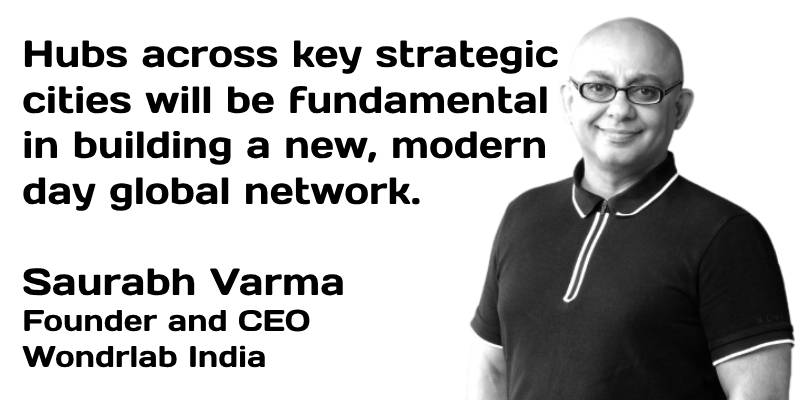
How will WebTalk help you expand globally?
Our thesis is that the model global network built out of India does not need to have operations in 100 countries. What it needs are key strategic hubs of talent working on solving problems for global clients. 50 per cent of our market is in the US. When you look at them they are looking for talent which is both near shore and offshore. You need a hub in Mexico, Warsaw, India and they want centres of excellence which they can rely on to service their global ambitions. We feel that hubs across key strategic cities will be fundamental in building a new, modern day global network.
You launched in 2020 during Covid. Are there learnings from launching in a very difficult period which you still implement today?
We as a team strongly felt that Covid was both a huge challenge and an opportunity. We could step back and reflect on what clients truly wanted. An idea like Wisr which is completely the opposite of what would happen in Covid came from a time when Covid was fully present.
Wisr now spans 5000 schools in 21 cities. They use Wisr to generate revenue across touchpoints. It cannot generate revenue if schools are not open but if you think about it Wisr was developed when the schools were shut. A lot of our great thinking happened when Covid was completely on. Nobody knew what the future really was. It helped us create space and time to do some critical thinking on what we really wanted to build.
As a company how do you use A.I. to make more informed decisions for clients?
When you sit on lots of data you can train models to make it far more efficient. From our perspective apart from using A.I. in making every day operations more seamless the big value addition comes from using the data that we have to solve clients problems. For Hector we sit on an extraordinary amount of data. That data currently is moving through our A.I. engines to make it far more problem solving from a clients perspective.
A.I. will enable decision making at the click of a button. It will help take calls which otherwise would have taken you weeks to accomplish. It will help optimise campaigns. Our AI model is getting trained in close to 5000 queries and that is where a lot of AI will become useful. Wherever there is big data AI can play a role in creating very quick solutions. This is fundamental to building efficiency and ultimately driving growth.
You acquired Opportune because you feel that 25% of Digital marketing will be formed by influencer marketing. How do you see this space evolving?
We are all seeing extraordinary experiments on at the moment. We are seeing how influencer marketing is being used to build fintech products today. I think that micro, nano influencers are extremely powerful and are in fact five to six times more powerful and effective than a celebrity in terms of cost per impact. The opportunity will remain.
We will have to evolve new models to ensure that clients win on the back of these influencers. Your algorithm has to create or pinpoint influencers who can create true value. Remove fake followers, ensure that influencers are paid the right money for the content they create.

Do you have a point of view on the government’s guidelines on influencer marketing?
The government is saying that if you create a piece of content you must declare it as such. Declare that it is a paid promotion so that consumers do not get carried. There must be sufficient disclosure. That disclosure becomes bigger when you move to finance and fintech and rightly so. We support the guardrails that have been created. Our job is to make sure that we follow the ASCI/government guidelines as we create work for our clients.
What is the situation when it comes to measurement advances?
To me clients are far ahead of networks and agencies in measuring success. Their measurement happens every quarter on the back of sales they deliver success. CMOs are in charge of online sales in many companies. So CMOs are not just here to create messaging or to position a product. They are here to drive online sales. So we live in a new world where measurement and performance is a daily thing. It is no longer to have top of the funnel. Delivering bottom of the funnel is key.
So balancing the two becomes critical. So I actually feel that many of the sharpest CMOs have the ability to measure the top of the funnel which might be around consideration, likability, salience, awareness to middle of the funnel which is around engagement to bottom of the funnel. They are able to do the full funnel and measure themselves across the funnel to make sure that they are effective.

